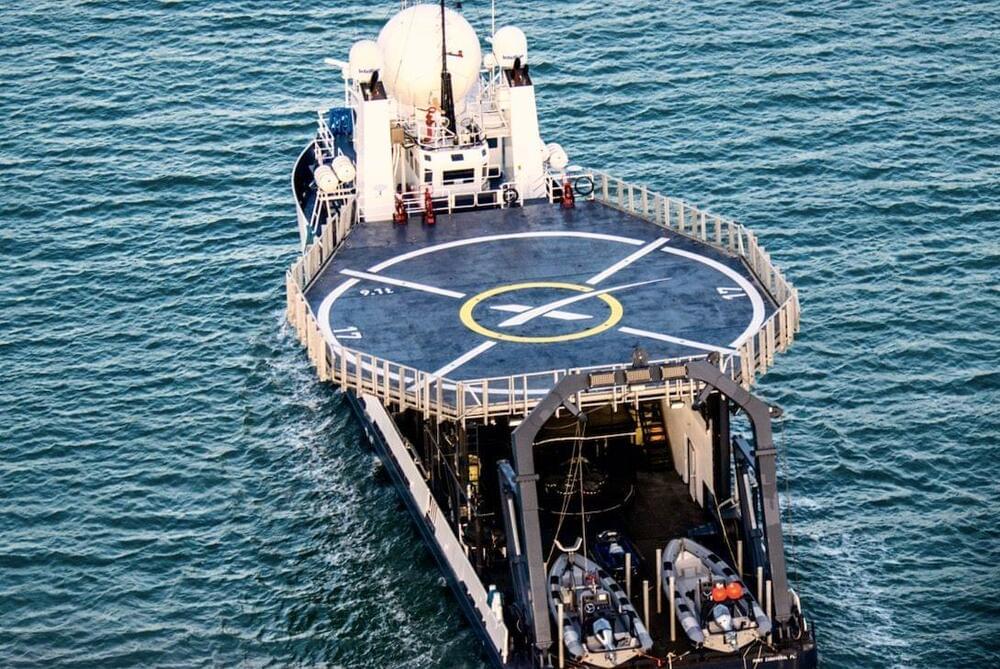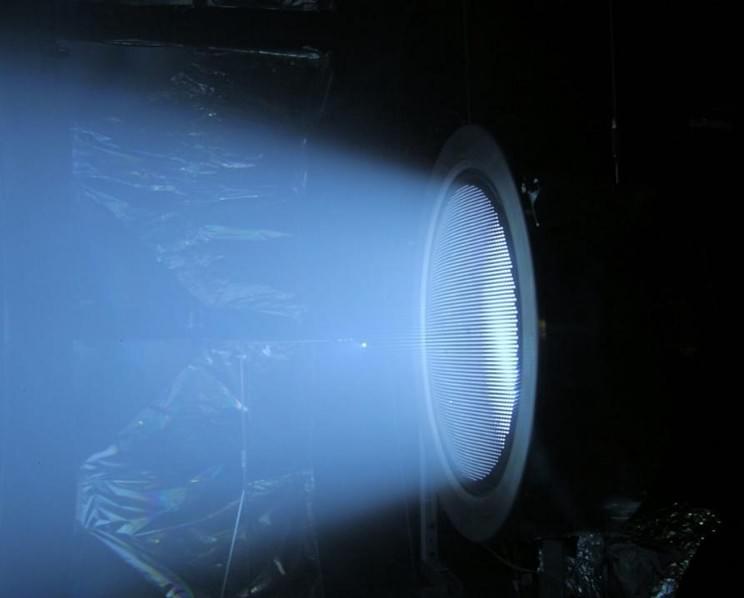The Quantum ransomware, a strain first discovered in August 2021, were seen carrying out speedy attacks that escalate quickly, leaving defenders little time to react.
The threat actors are using the IcedID malware as one of their initial access vectors, which deploys Cobalt Strike for remote access and leads to data theft and encryption using Quantum Locker.
The technical details of a Quantum ransomware attack were analyzed by security researchers at The DFIR Report, who says the attack lasted only 3 hours and 44 minutes from initial infection to the completion of encrypting devices.








